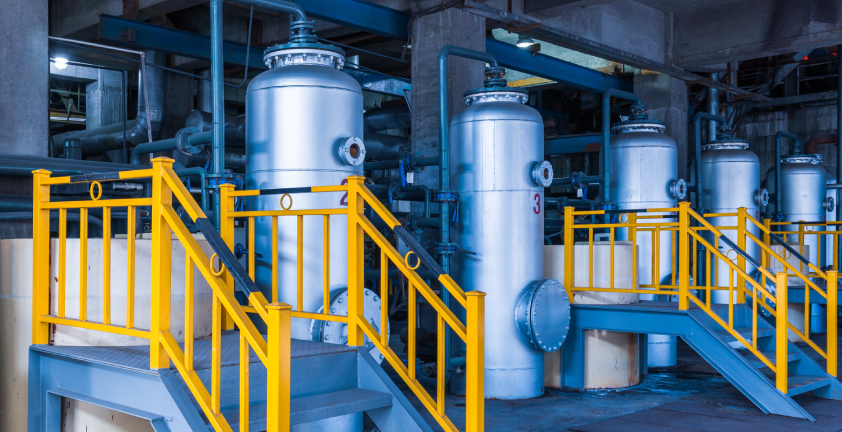Transforming Bangalore’s Sustainability Landscape with Gamata Biogreenery’s Eco Solutions
Gamata Biogreenery supplies organic waste converters – machines that convert organic kitchen waste, garden waste, etc., into compost or other usable by-products. This is particularly relevant in urban Bangalore where residential societies and commercial buildings generate significant biodegradable waste, and local regulations increasingly emphasise waste segregation and onsite treatment.
Why this matters:
-
By converting organic waste onsite, building societies and offices reduce volume of waste being sent to landfills, thereby lowering disposal costs and environmental impact.
-
The resulting compost or treated output can often be used for landscaping or tree planting onsite, supporting sustainability and circular economy practices.
-
Gamata’s experience in environmental engineering, as noted in business listings, shows that they are positioned to handle not just supply but also integration and servicing of such equipment.
What to look for:
-
Ensure the converter’s capacity matches the waste-volume of the site (residential society vs large commercial kitchen).
-
Ask about operating costs: power consumption, maintenance, expected useful life.
-
Check whether Gamata offers after-sales service or training for site-personnel, given technical nature of such machines.
Reverse Osmosis (RO) Plant Suppliers in Bangalore
Why this matters:
-
In Bangalore many properties face high total dissolved solids (TDS) or groundwater quality issues; an RO plant can ensure safe, potable-quality water.
-
For industries or facilities with specific water-quality needs (for example laboratories, pharma, or electronics manufacturing), a reliable RO system is critical.
-
A trusted supplier like Gamata can integrate the RO plant with upstream pretreatment (sediment, carbon filters) and automation for monitoring.
What to check:
-
The TDS reduction performance, recovery ratio (how much water is rejected vs used).
-
Service and membrane replacement schedule – membranes degrade over time.
-
Whether the system is sized for peak demand of the site and is energy-efficient.
Water Softener Manufacturers
Hard water, rich in calcium and magnesium ions, poses problems – scale formation in pipes and boilers, reduced efficiency, costs of maintenance, and user discomfort. Gamata offers water-softener systems designed for both domestic and industrial use. According to one of their blog posts, their softeners are built with high-grade resins and user-friendly regeneration.
Why this matters:
-
For residential complexes, softened water means lower maintenance for geysers, dish-washers, washing machines and piping.
-
For industries (textile, hospitality, manufacturing) having softened water avoids scale, improves lifespan of equipment, and improves consistency of process.
-
It can also reduce chemical usage (for example in boilers or cooling towers) and save operational costs over time.
What to check:
-
The hardness level the system is designed for (e.g., how many ppm of Ca/Mg it can handle).
-
The regeneration frequency and resin lifespan – this affects operating cost.
-
Whether they offer service contracts. Also whether the softener is properly integrated with pre-filters and bypass systems.
A major challenge in urban development is sewage-treatment and effluent management. Gamata Biogreenery provides STP (Sewage Treatment Plant) tank construction services—turnkey, from design, construction, installation to commissioning. Their blog says they use technologies like Moving Bed Biofilm Reactor (MBBR), Sequential Batch Reactor (SBR) tailored to the site’s capacity and norms.
Why this matters:
-
For apartment complexes, gated communities, hotels, malls & industrial estates, onsite sewage treatment is increasingly mandatory under regulatory frameworks.
-
Treated sewage can often be reused for flushing, landscaping and other non-potable uses — reducing fresh-water demand and costs.
-
A reliable turnkey partner like Gamata ensures correct sizing, regulatory compliance (e.g., Karnataka State Pollution Control Board norms), minimal odour, efficient sludge handling and long term maintenance.
What to check:
-
The capacity (in KL/day) matches the expected wastewater load (residents × per capita generation).
-
Technology used (MBBR, SBR, MBR) and how it fits site constraints (space, discharge norms).
-
After commissioning operation and maintenance package – often the biggest challenge in STPs is upkeep, not just installation.








Comments
Post a Comment